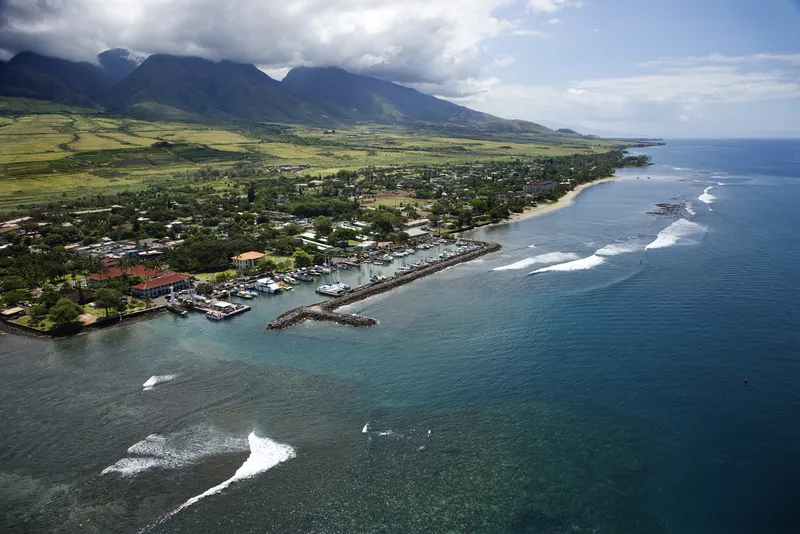
It is also giving $1 billion in federal emergency assistance to passenger railway service Amtrak.
The department’s Federal Transit Administration (FTA) is allocating the money from the Coronavirus Aid, Relief, and Economic Security (Cares) Act.
“This historic $25 billion in grant funding will ensure our nation’s public transportation systems can continue to provide services to the millions of Americans who depend on them,” said US transportation secretary Elaine L. Chao.
It will be split between urban areas ($22.7bn) and rural ($2.2) and can be used to support programmes and expenses around the prevention, preparation and response to the pandemic.
“We know that many of our nation’s public transportation systems are facing extraordinary challenges and these funds will go a long way to assisting our transit industry partners in battling Covid-19,” said FTA acting administrator K. Jane Williams.
“These Federal funds will support operating assistance to transit agencies, including those in large urban areas as well as pay transit workers across the country not working because of the public health emergency.”









